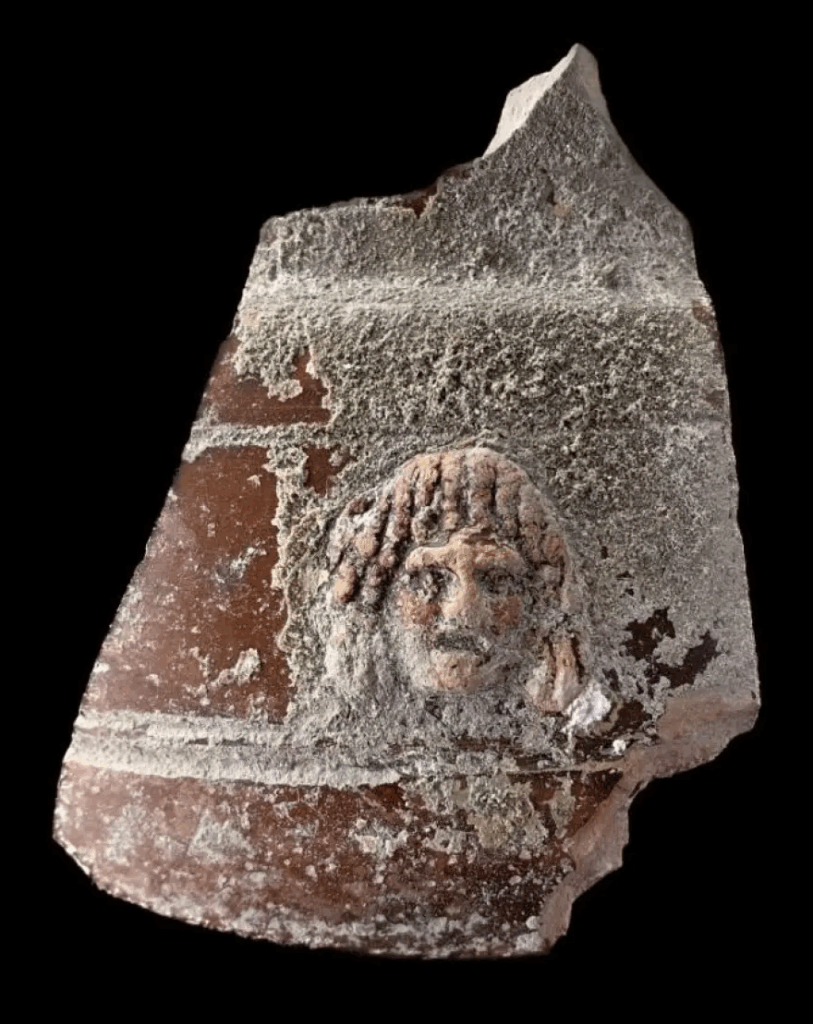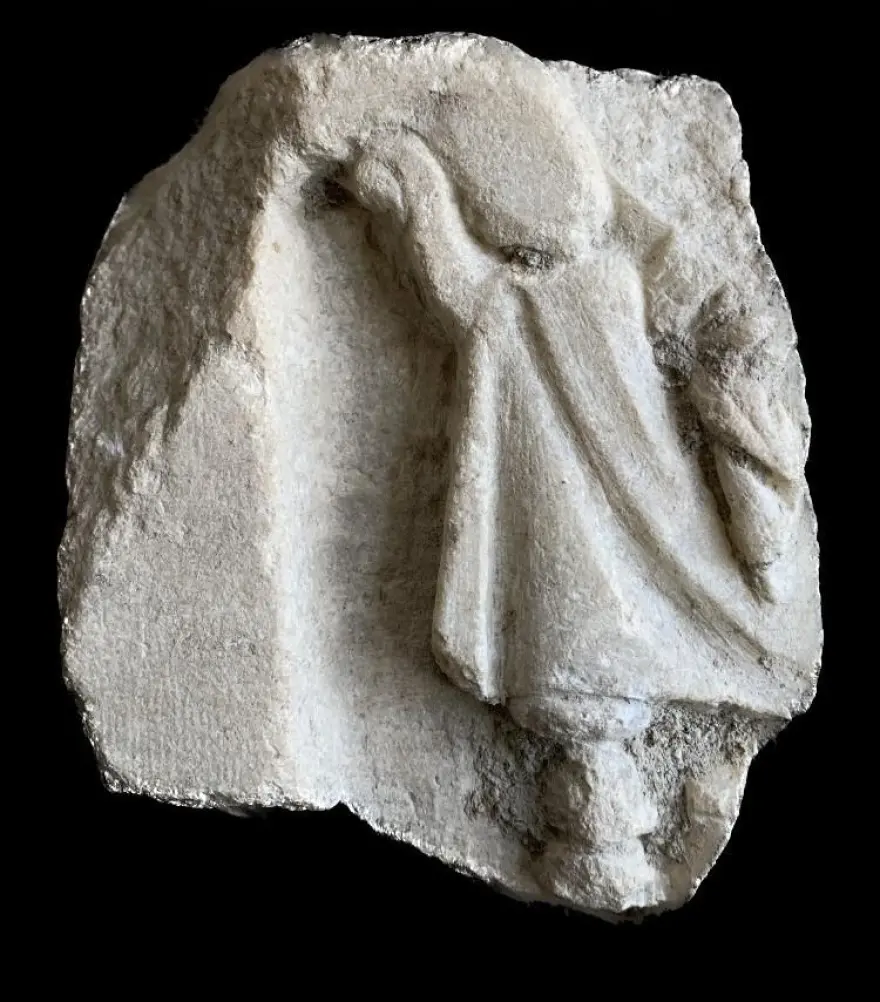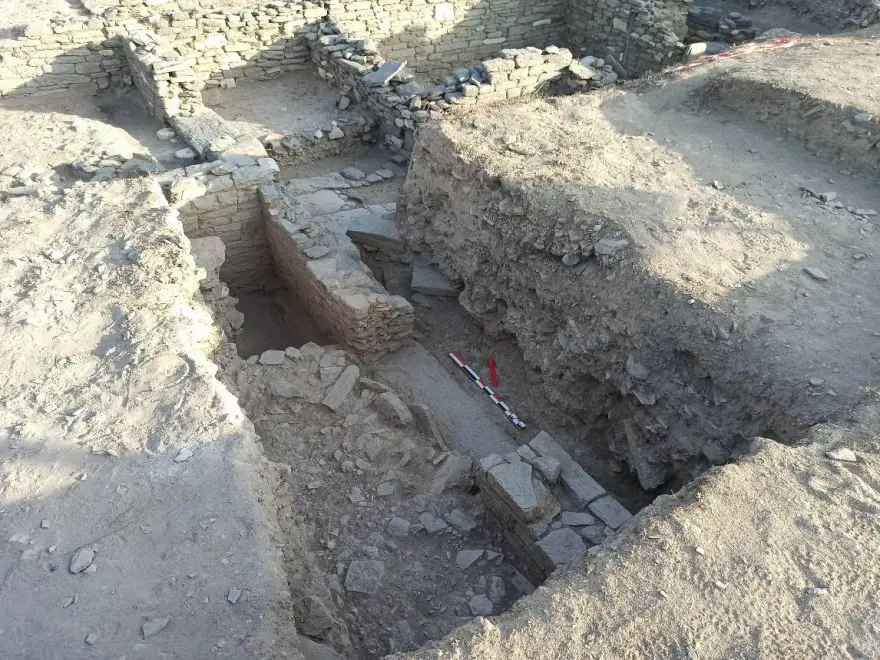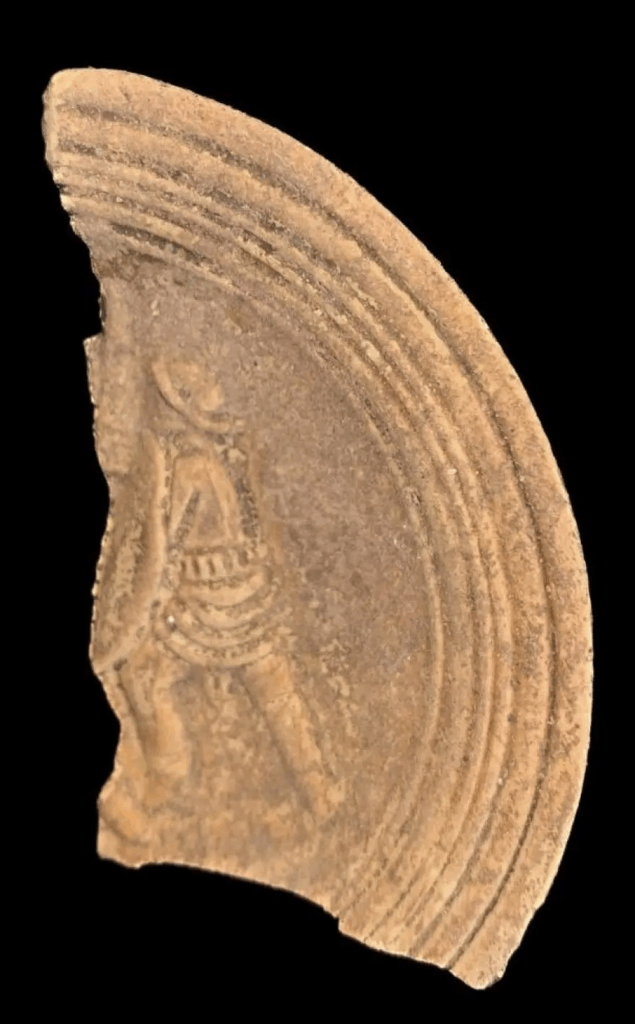Recent archaeological excavations have revealed additional rooms within the building complex, with walls remarkably well-preserved. Among the most noteworthy discoveries are movable artifacts, including semi-finished marble sculptures, primarily depicting Aphrodite, alongside clay heads of female figures, clay molds, and seals. A significant quantity of ceramics was also recovered.

The site commenced excavation in the mid-1980s, uncovering three distinct building units. The presence of marble debris scattered throughout the location, along with a significant number of semi-finished marble sculptures, provides compelling evidence of an active sculpture workshop at Floga during the Hellenistic period. Excavations resumed in 2008, and since 2013, systematic investigations have been underway. Recent findings have revealed new architectural remnants built upon earlier structures, indicating the site’s prolonged use.

These discoveries are associated with earlier phases dating back to the late 5th and 4th centuries BC. The movable finds from this earlier period, including fragments of tableware and less common storage vessels, suggest residential activity at the site during the Classical period. According to the latest excavation data, a significant reorganization of the space occurred in the late 3rd to early 2nd centuries BC. The internal configuration of the identified building units reinforces the notion that the site maintained its residential character through the Hellenistic period. Notably, the discovery of a room with cobblestone flooring and walls adorned with paintings mimicking marble slabs, classified as a men’s room, supports this interpretation.

However, the extensive layer of marble debris covering the outdoor spaces, which obscures earlier phases, along with the numerous semi-finished sculptures, indicate that the site also functioned as a sculpture workshop. The refuse deposits and associated finds—including clay molds, seals, pigments, purple dyes, and metal slag—validate the presence of workshop activities in the surrounding area during a later period.

Ask me anything
Explore related questions















